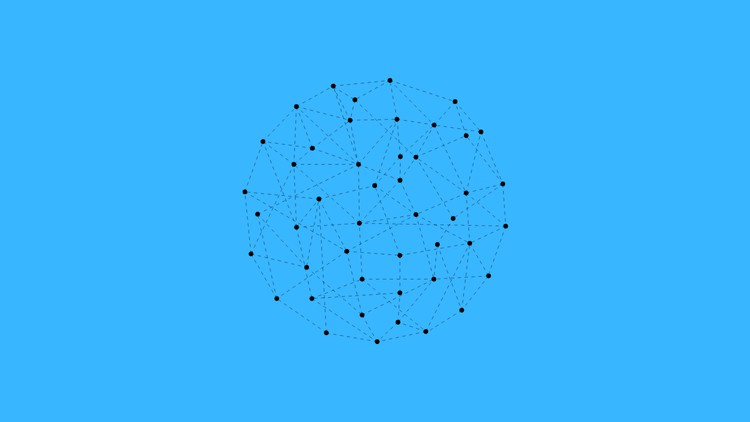
Learn and understand graph theory algorithms in computer science. Solve frequently asked graph coding interview problems
What you will learn
Representation of Graphs
BFS (Breadth First Search) Algorithm
DFS (Depth First Search) Algorithm
Most Frequent & Popular Graph Coding Interview Problems
Description
Welcome to the course – “Graph Theory Algorithms in Java”.
This course provides a complete overview of Graph Theory algorithms.
Graph Theory is an advanced topic in Computer Science. This course will offer you the opportunity to gain a solid understanding in Graph Theory. Graphs are used to solve many real-life problems. Graphs are used to represent networks. The networks may include paths in a city or telephone network or circuit network. Graphs are also used in social networks like linkedIn, Facebook. For example, in Facebook, each person is represented with a vertex(or node). Each node is a structure and contains information like person id, name, gender, locale etc.
Why you should learn Graph Theory?
Not interested in graphs? Whether you like them or not, practical use of graph data structures and graph algorithms is all around us. They are powerful, versatile, widely spread and used by everyone, without even knowing it: Google maps uses graphs for building transportation systems, Facebooks friend suggestion uses graph theory (Facebook users are vertices and if they are friends there is an edge running between them), every modelling of social networks, Windows file explorer; you’re even using graph algorithms while reading this — the internet is a collection of hosts and routers connected by various links, for host A to find host B it must find an optimal path through all this mess. Other than the IT world, graphs have very wide usage in linguistics, chemistry, physics, biology and, of course, mathematics.
This course contains:
- Graph Representation using Adjacency Matrix
- Graph Representation using Adjacency List
- Graph Traversal Algorithm, BFS (Breadth First Search) and DFS (Depth First Search)
- Different types of Graph Algorithms
- Most Common and Frequently Asked Graph Questions
Watch some preview video, if you are interested enrol this course 🙂
See you inside 🙂
Content